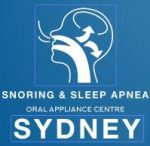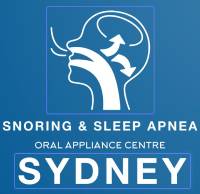
Introduction:
Embark on a journey to uncover the less-discussed contributors to sleep apnea, shedding light on the intricacies of this sleep disorder.
Body:
1. **Alcohol and Sedative Use:**
– Consuming alcohol or sedatives relaxes throat muscles, increasing the likelihood of airway obstruction.
2. **Jaw Structure and Position:**
– Anatomical factors like a recessed jaw or misalignment can impact airway stability during sleep.
3. **Menopause:**
– Hormonal changes during menopause may lead to increased risk of sleep apnea in women.
4. **Enlarged Tonsils and Adenoids:**
– Common in children, enlarged tonsils or adenoids can obstruct the airway, causing sleep apnea.
5. **Pregnancy:**
– Hormonal changes, weight gain, and fluid retention during pregnancy can contribute to sleep apnea.
6. **Occupational Exposures:**
– Occupational hazards such as exposure to dust, toxins, or pollutants may increase the risk of sleep apnea.
7. **Atrial Fibrillation:**
– Irregular heart rhythm (atrial fibrillation) is linked to an increased risk of central sleep apnea.
8. **Hypothyroidism:**
– Underactive thyroid function can lead to weight gain and soft tissue swelling, contributing to airway obstruction.
9. **Chronic Kidney Disease:**
– Impaired kidney function may result in an accumulation of toxins, impacting respiratory control during sleep.
10. **High Levels of C-reactive Protein (CRP):**
– Elevated CRP levels, indicating inflammation, have been associated with an increased risk of sleep apnea.
11. **Gastroesophageal Reflux Disease (GERD):**
– Acid reflux can worsen sleep apnea symptoms, and vice versa, creating a cycle of disrupted sleep.
12. **Heredity and Genetic Factors:**
– Inherited traits and genetic predispositions can play a role in the development of sleep apnea.
13. **Traumatic Brain Injury:**
– Head injuries may disrupt the brain’s control over breathing, leading to sleep apnea.
14. **Downhill Skiing or Mountaineering:**
– Engaging in activities at high altitudes can expose individuals to lower oxygen levels, increasing the risk.
15. **Chronic Lung Diseases:**
– Conditions like chronic obstructive pulmonary disease (COPD) may contribute to sleep apnea.
Conclusion:
Recognizing the diverse array of factors contributing to sleep apnea is vital for a comprehensive understanding. Individuals experiencing symptoms or having risk factors should seek professional evaluation for a personalized approach to diagnosis and management. By addressing these lesser-known causes, we can pave the way for more effective strategies in tackling sleep apnea.
tart writing!



1 Comment
Hi, this is a comment.
To get started with moderating, editing, and deleting comments, please visit the Comments screen in the dashboard.
Commenter avatars come from Gravatar.